Description
A broad introduction to PDEs with an emphasis on specialized topics and applications occurring in a variety of fields
Featuring a thoroughly revised presentation of topics, Beginning Partial Differential Equations, Third Edition provides a challenging, yet accessible, combination of techniques, applications, and introductory theory on the subjectof partial differential equations. The new edition offers nonstandard coverageon material including Burger’s equation, the telegraph equation, damped wavemotion, and the use of characteristics to solve nonhomogeneous problems.
The Third Edition is organized around four themes: methods of solution for initial-boundary value problems; applications of partial differential equations; existence and properties of solutions; and the use of software to experiment with graphics and carry out computations. With a primary focus on wave and diffusion processes, Beginning Partial Differential Equations, Third Edition also includes:
– Proofs of theorems incorporated within the topical presentation, such as the existence of a solution for the Dirichlet problem
– The incorporation of Maple™ to perform computations and experiments
– Unusual applications, such as Poe’s pendulum
– Advanced topical coverage of special functions, such as Bessel, Legendre polynomials, and spherical harmonics
– Fourier and Laplace transform techniques to solve important problems
Beginning of Partial Differential Equations, Third Edition is an ideal textbook for upper-undergraduate and first-year graduate-level courses in analysis and applied mathematics, science, and engineering.
As the Solutions Manual, this book is meant to accompany the main title, Beginning of Partial Differential Equations, Third Edition.
The Third Edition features a challenging, yet accessible, introduction to partial differential equations, and provides a solid introduction to partial differential equations, particularly methods of solution based on characteristics, separation of variables, as well as Fourier series, integrals, and transforms.
Thoroughly updated with novel applications such as Poe’s pendulum and Kepler’s problem in astronomy, the book begins with first-order linear and quasi-linear PDEs and the role of characteristics in the existence and uniqueness of solutions. Canonical forms are discussed for the linear second-order equation, along with the Cauchy problem, existence and uniqueness of solutions, and characteristics as carriers of discontinuities in solutions.
Fourier series, integrals, and transforms are followed by their rigorous application to wave and diffusion equations as well as to Dirichlet and Neumann problems. In addition, solutions are viewed through physical interpretations of PDEs.
The book concludes with a transition to more topics, including the proof of an existence theorem for the Dirichlet problem and an introduction to distributions. New topical coverage includes novel applications, such as Poe’s pendulumadvanced and Kepler’s problem in astronomy. Solutions using the Laplace transform have been added.
The book continues to be appropriate for those who need to emphasize a rigorous mathematical treatment and those who need quick access to methods and applications.
The first group is addressed by including details of proofs in Chapter Eight, sections of which can be included at any point in course lectures.
The second group is addressed with a detailed chapter organization that allows for a rapid transition from method to solution to application in the beginning chapters.
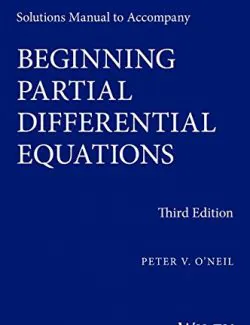
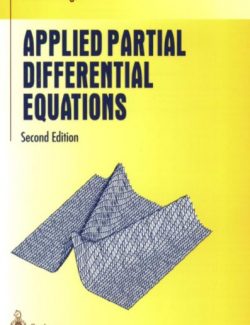
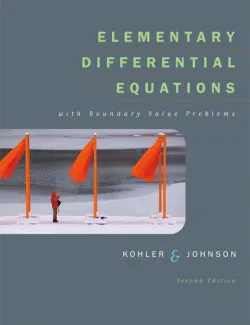
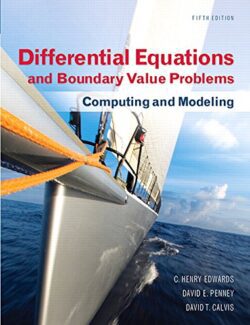
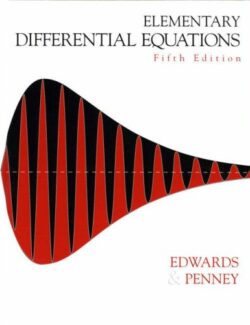
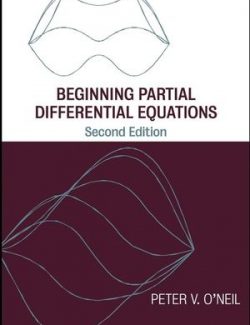


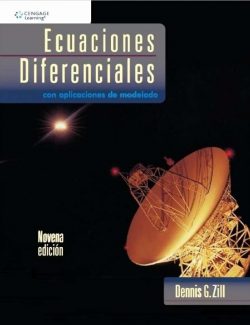
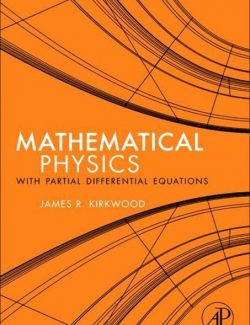



Leave us a comment
No Comments